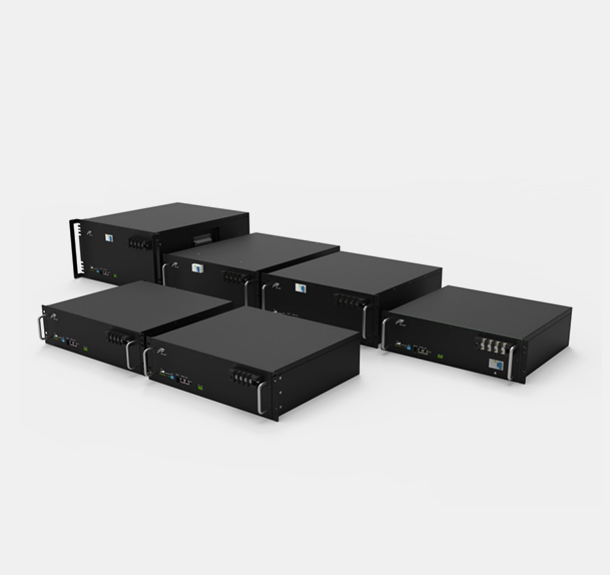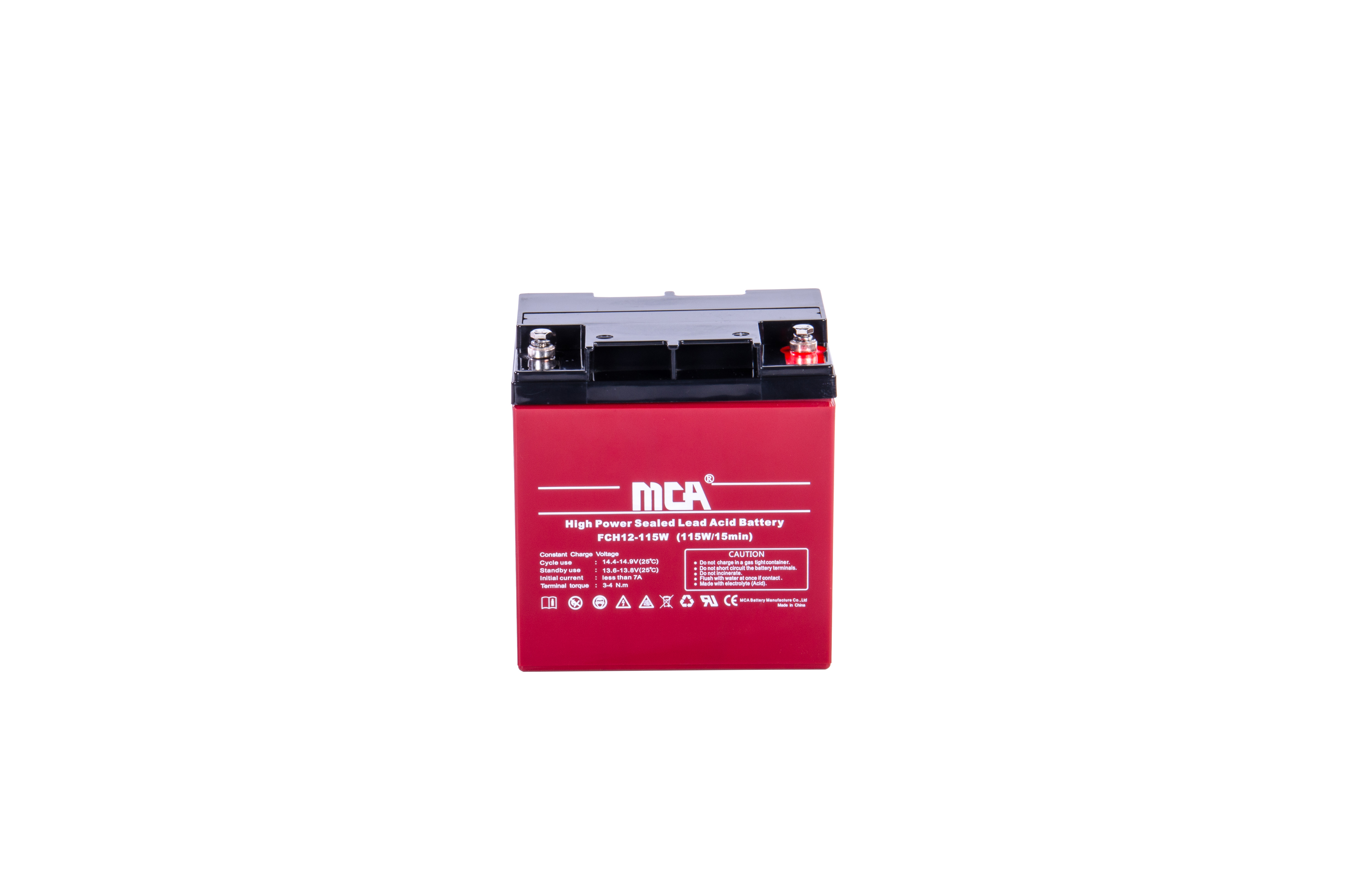08
2025
-
11
How to Install Rack Mounted Lithium Batteries Safely and Effectively
How to Install Rack Mounted Lithium Batteries Safely and Effectively
As the demand for efficient energy storage solutions grows, rack-mounted lithium batteries have emerged as a reliable choice for both residential and commercial applications. Understanding the proper methods for installation is crucial to ensure safety and longevity. In this article, we will explore the essential steps to install rack-mounted lithium batteries, the necessary safety precautions, and how to maintain your battery system effectively.
Table of Contents
- Understanding Lithium Batteries
- Advantages of Rack Mounted Lithium Batteries
- Essential Tools and Materials for Installation
- Safety Precautions During Installation
- Step-by-Step Installation Guide
- Configuring the Battery Management System (BMS)
- Testing and Verifying Your Installation
- Maintenance Tips for Longevity
- Frequently Asked Questions
Understanding Lithium Batteries
Lithium batteries are a type of rechargeable battery that uses lithium ions as the primary component of its electrochemistry. Their high energy density, low self-discharge rates, and minimal maintenance requirements make them an ideal choice for various applications. Specifically, rack-mounted lithium batteries are designed for efficient storage and usage in power systems, such as solar energy storage, backup power systems, and uninterruptible power supplies (UPS).
The Science Behind Lithium-Ion Technology
The lithium-ion technology operates by allowing lithium ions to move from the anode to the cathode during discharge and back when charging. This process is what makes lithium batteries both efficient and effective in various applications. Understanding this fundamental mechanism can help users appreciate the importance of proper installation and maintenance.
Advantages of Rack Mounted Lithium Batteries
Rack-mounted lithium batteries offer several benefits that make them a popular choice for both personal and commercial uses.
1. Space Efficiency
These batteries are designed to be compact, making them suitable for environments with limited space. Their rack-mounted design allows multiple units to be stacked or placed side by side.
2. Scalability
Users can easily expand their energy storage capacity by adding more battery units, making it a flexible solution for growing energy needs.
3. Enhanced Safety Features
Many modern lithium batteries come with integrated safety features, such as thermal protection, voltage management, and short-circuit prevention, ensuring safer operation.
Essential Tools and Materials for Installation
Before beginning installation, it's essential to gather the necessary tools and materials to ensure a smooth process. Below is a list of items you may require:
- Socket wrench set
- Phillips and flathead screwdrivers
- Cable cutters and strippers
- Multimeter for electrical testing
- Safety goggles and gloves
- Battery management system (BMS)
- Mounting brackets and hardware
- Appropriate gauge wire for connections
Safety Precautions During Installation
Safety is paramount when working with electrical systems, especially when handling batteries. Here are key precautions to keep in mind:
1. Wear Protective Gear
Always wear safety goggles and gloves to protect yourself from potential hazards during installation.
2. Ensure Proper Ventilation
Work in a well-ventilated area to avoid inhaling any harmful fumes or gases emitted during the installation process.
3. Disconnect Power Sources
Before starting, ensure that all power sources connected to the batteries are turned off to prevent electric shocks or short circuits.
4. Follow Manufacturer Guidelines
Refer to the manufacturer's installation manual for specific instructions and recommendations relevant to your battery model.
Step-by-Step Installation Guide
Follow the steps below to install your rack-mounted lithium batteries effectively.
Step 1: Select the Installation Location
Choose a suitable location that is dry, cool, and well-ventilated. Avoid areas with extreme temperatures or humidity, as these can affect battery performance.
Step 2: Install Mounting Brackets
Use mounting brackets to secure the battery to the rack. Ensure that the brackets are firmly attached, providing a stable installation.
Step 3: Connect the Wiring
Using the appropriate gauge wire, connect the battery terminals to the battery management system (BMS). Ensure that all connections are tight and secure to prevent any electrical faults.
Step 4: Configure the BMS
After connecting the wiring, configure the BMS according to the manufacturer's specifications. This may involve setting voltage limits, charge/discharge rates, and other parameters.
Step 5: Test the Installation
Once everything is connected, use a multimeter to test the voltage and ensure that there are no short circuits. Make sure the BMS is functioning correctly.
Step 6: Power On
After confirming that everything is properly installed and tested, turn on the power supply to the battery system and monitor its initial performance.
Configuring the Battery Management System (BMS)
The Battery Management System (BMS) is critical for ensuring the safety and efficiency of your lithium battery setup. Proper configuration is essential for optimal performance.
1. Set Voltage and Current Limits
Configure the BMS to the voltage and current limits specified in the user manual. This helps prevent overcharging and ensures longevity.
2. Enable Alarm Settings
Activate alarm features for conditions such as over-voltage, under-voltage, and temperature anomalies. This enables proactive management of the battery system.
Testing and Verifying Your Installation
After installation, it is crucial to conduct various tests to verify the functionality and safety of the battery system.
1. Voltage Test
Using a multimeter, check the voltage at the battery terminals. Ensure it matches the expected output as per your configuration.
2. Load Test
Conduct a load test by connecting a load to the system and measuring the performance under normal operating conditions to ensure proper functionality.
3. Monitor Temperature
Check the temperature of the batteries during the initial charge/discharge cycles to ensure they remain within safe operating limits.
Maintenance Tips for Longevity
Regular maintenance is essential for maximizing the lifespan of your rack-mounted lithium batteries. Here are some key tips:
1. Regularly Inspect Connections
Periodically check the wiring and connections for signs of wear or corrosion. Tighten any loose connections to prevent voltage drops.
2. Monitor Charge Cycles
Keep track of the charge cycles and avoid deep discharges whenever possible to enhance battery life.
3. Keep the Area Clean
Maintain a clean environment around the battery installation to prevent dust and debris from interfering with the performance.
4. Perform Software Updates
If your BMS has software updates, ensure they are installed promptly to benefit from the latest features and security enhancements.
Frequently Asked Questions
1. What are the benefits of using lithium batteries over lead-acid batteries?
Lithium batteries offer higher energy density, longer lifespan, and reduced maintenance compared to lead-acid batteries, making them a more efficient choice.
2. How long does it take to install rack-mounted lithium batteries?
The installation time can vary based on the complexity of the system, but it generally takes a few hours to properly install and configure the batteries.
3. Can I install rack-mounted lithium batteries myself?
Yes, as long as you follow safety precautions and manufacturer instructions, many users can successfully install their battery systems independently.
4. How often should I perform maintenance on my lithium battery system?
Regular inspections every few months are recommended, along with monitoring performance and doing maintenance as necessary to ensure longevity.
5. What should I do if I encounter issues during installation?
If you face problems, consult the manufacturer's manual or contact a professional for assistance to avoid potential hazards or damage.
Conclusion
Installing rack-mounted lithium batteries can be a straightforward yet meticulous process when approached correctly. By following this comprehensive guide, you can ensure a safe and effective installation that optimizes the performance and lifespan of your battery system. Always remember to prioritize safety, adhere to manufacturer guidelines, and maintain your battery setup regularly to enjoy the benefits of reliable energy storage. With proper knowledge and preparation, you can harness the full potential of lithium battery technology for your energy needs.
Relevant News









